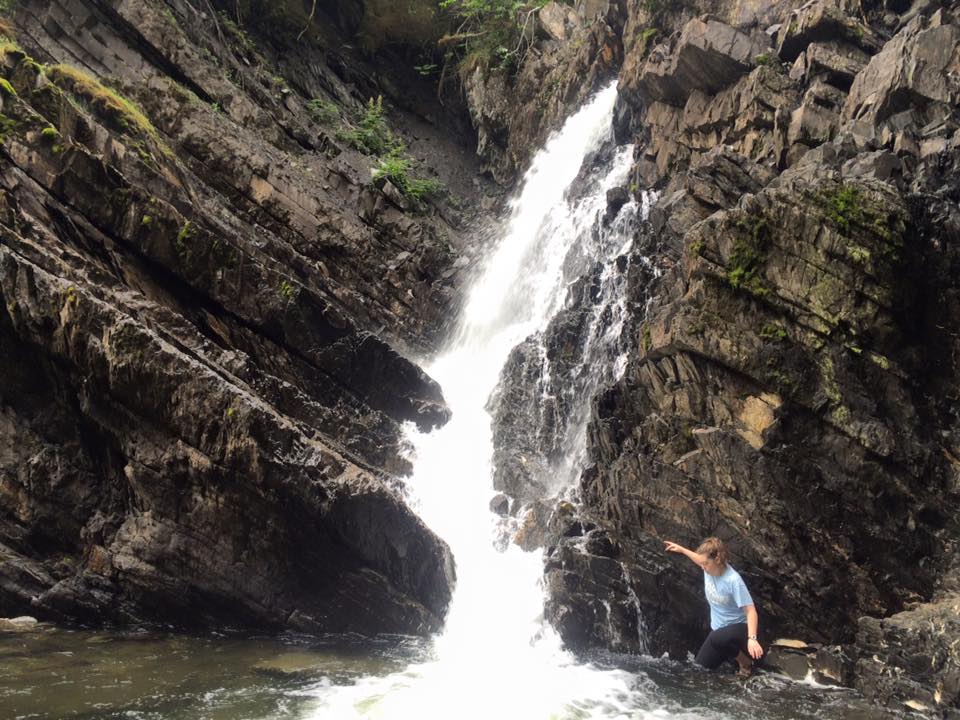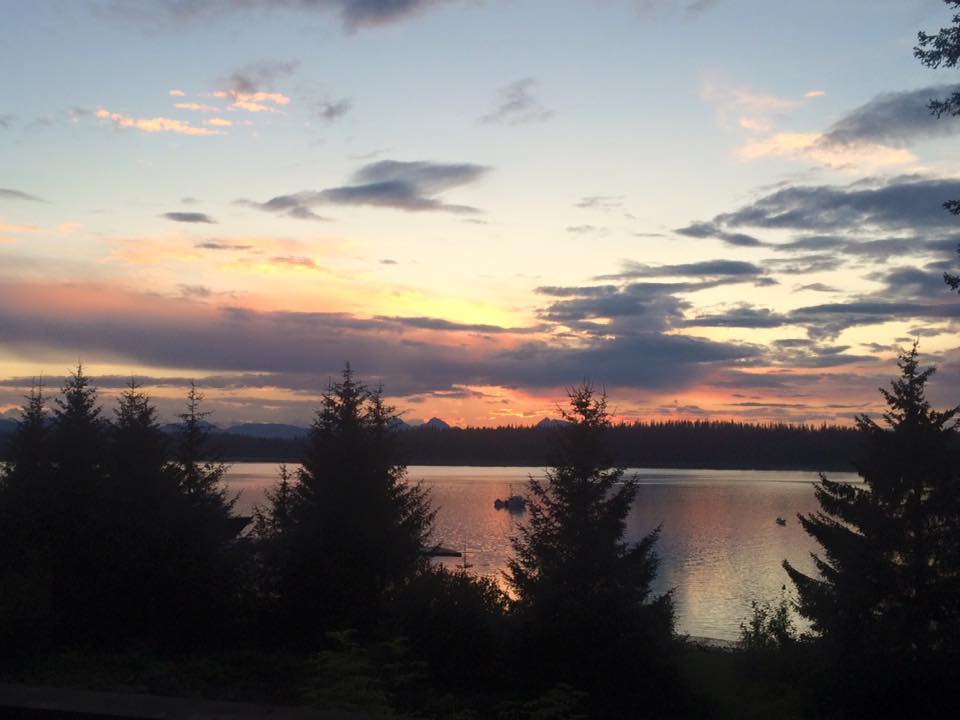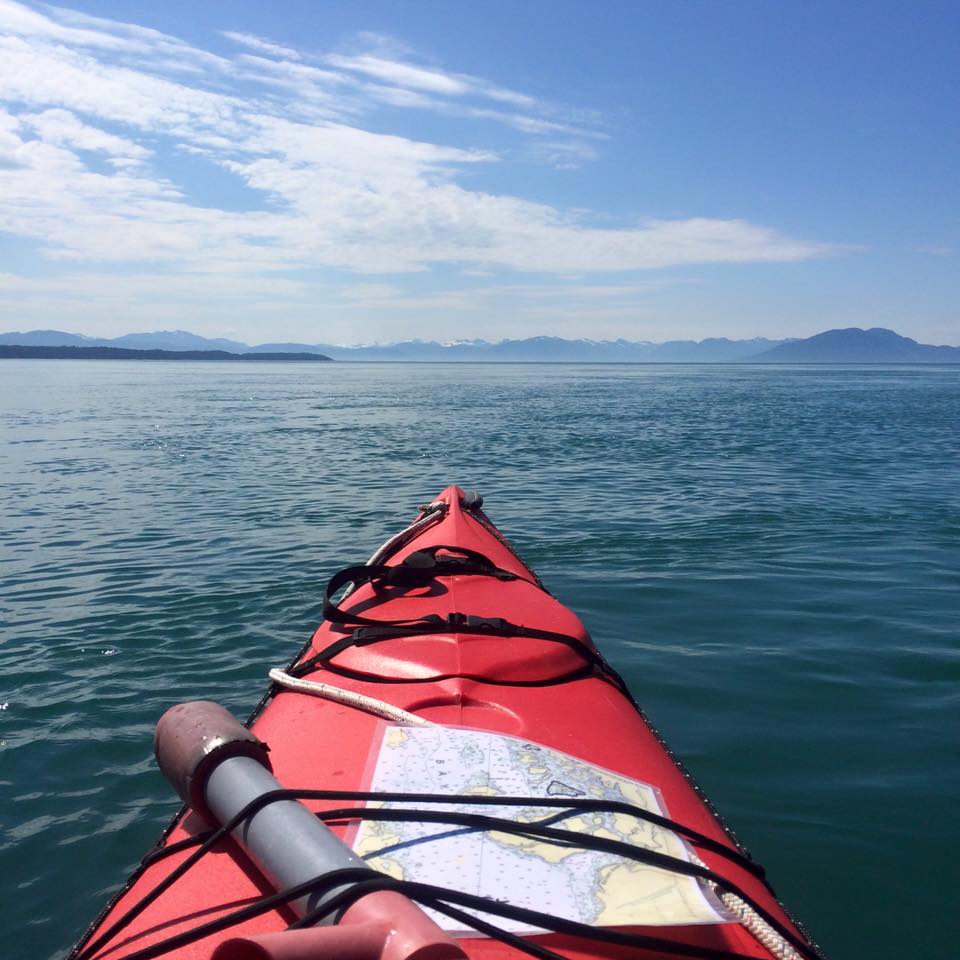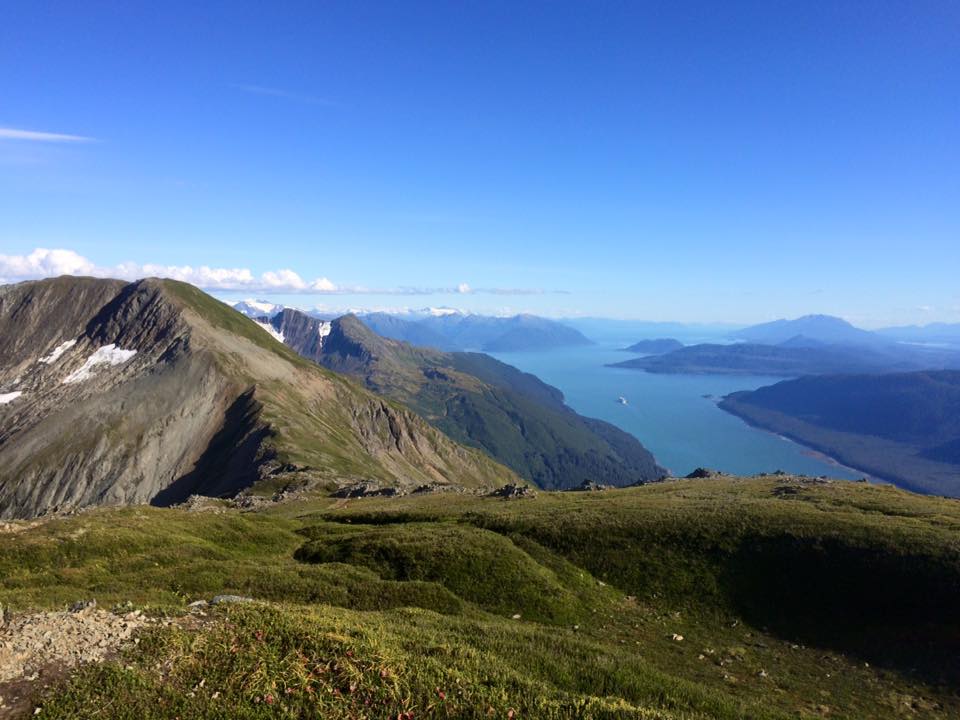Monday’s walk to work was a different one than normal.
The past few weeks it has been pretty classic Anchorage winter weather- cold, snowy and incredibly dark. But yesterday, I walked out my front door in my puffy coat and snow boots and immediately turned around to exchange my outerwear for a raincoat and Xtra-Tuffs.
Still pitch dark at nearly 9am, I walked eight minutes to the TU office in Anchorage through nearly 50 degree temperatures and misty rain landing softly on my jacket. Trudging through the slushy melting snow, my brain kept going back and forth between two things: the ever present reminder that climate change is so real here, and how much the weather reminded me of my first summer spent in Alaska, working at a remote lodge neighboring the last remaining old-growth temperate rainforest in the world- the Tongass.
When I got to the office, my first thoughts were met by coworkers informing me that at 51 degrees, Anchorage had seen the highest temperature observed on any day in the any year between November 27th and March 10th (1952- present). I shuttered- if the wildfire and extreme heat this summer wasn’t enough to cause distress, our weak snowfall and low ice pack this winter was so far disappointing and equally scary. Nonetheless, I sat down, and begin working on some of the final organizing efforts that I was assisting with for the Roadless Rule comment period that closes next week, as well as my own work on the Save Bristol Bay campaign.
I walked home at the end of the day, also in the dark, but warm, misty conditions. When I got home, I pulled up Facebook and opened up my first Alaska summer photo album. The nostalgia began to flow- pictures of glaciers, salmon fishing, endless vistas, and the friends I had made through working at the lodge flooded my memory.

As I scrolled through the album, I began to think about all the visitors I had met who had traveled from across the United States (and the world) to see Southeast Alaska. I flashed back to some of my favorite interactions with guests. I loved when they marveled at the landscape from the back deck of the lodge, rushed in to show me their epic pictures of the fish they had caught earlier that day, and tearily shared upon their departure that their trip to the area was one of the best trips they had ever done in their life.

Working for the lodge, I also knew that these visitors spent a lot of money to have this “once-in-a-lifetime” experience in southeast Alaska. Traveling to Southeast isn’t cheap no matter where you come from. With my knowledge now, it makes sense that the tourism industry in Southeast Alaska generates over $1 billion for the region annually. Between flights, cruises, accommodations, excursions, food and other associated costs of visiting, tourism is the money maker in Southeast, and it depends on continuing to have landscapes, wildlife, and recreational opportunities that draw people to witness and experience for themselves.
I flashed forward to my life now- with Trout Unlimited in Alaska, our team is working hard to ensure that the Roadless Rule stays in place. The law that keeps certain areas of our national forests free of roads for commercial logging has been balancing the needs of Alaskans in places like the Tongass for nearly 20 years. If the Roadless Rule were to be gutted for the state of Alaska, the Tongass would be opened wide to road building and commercial logging. History has shown us that road building is incompatible with maintaining healthy fish and wildlife populations- it degrades ecosystems, fragments critical habitat, and weakens the core of sustainable economies like tourism and fishing.

I think back to my time standing behind the front desk at the lodge. If the Roadless Rule were to be repealed for Alaska, sure, visitors might still come. But rather than tell me about the amazing experiences they had, I imagine they would return from their flightseeing tour less amazed by the mountainsides of clear-cut trees. I can see heads hung low, spending a whole day on Tongass streams only to come back empty handed with no picture of the fish they had dreamed about for years. Word would spread quickly that Southeast is no longer the place to get your true Alaskan wilderness experience. Tourism (as well as subsistence, commercial fishing, and other forest-based economies and communities) would suffer greatly.
Like the warming climate, this is not a future I want for Alaska. I want tools like the Roadless Rule to stay in place so that tourism and fishing can continue to support our friends and families. I want places like the Tongass National Forest to be managed in a fiscally responsible way that supports industries that are contributing to the region- not ones that are dying and have to be heavily subsidized by taxpayers. This is what I will tell the US Forest Service in the personal comment I plan to submit before the deadline closes on December 17th.
Whether you hope to fish southeast Alaska someday or just care about places like the Tongass, I ask that you submit a comment to the Forest Service opposing changes to the Roadless Rule in Alaska with me. It’s up to us to speak up for people and places that are threatened, and we’ve only got a few days left to do so. Learn more about the Roadless Rule and submit a comment today.
Meghan Barker is the Alaska Organizer for Trout Unlimited. Meghan lives and works in Anchorage.



